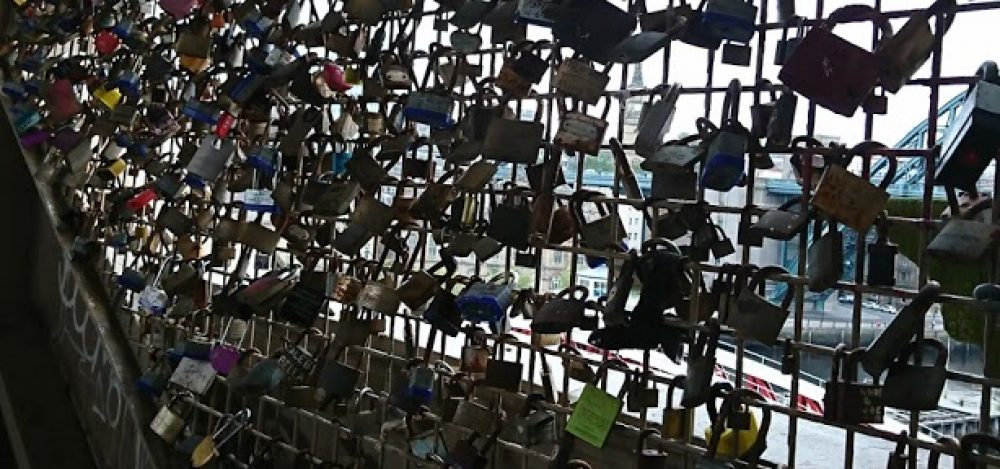In October 2022, NOHUC Researcher Andy Clark undertook a research and engagement trip to Syracuse University, New York. Along with Colin Atkinson, this was part of their British Academy funded project that conducted oral history interviews with first responders to the Lockerbie Disaster, 1988. In this Lug post, Andy reflects on engaging with victim communities in the United States, and how the materials held in the Pan Am 103 archive aligned with the narratives collected in his research.
Continue readingTag Archives: archive
From a lively archive in Bangalore
In this Lug piece, PhD student Hannah James Louwerse offers some insights on her time researching in the Archives at the National Centre of Biological Sciences in Bangalore, and reflects on the workflows and processes which go into keeping an archive running smoothly.
Continue readingIndividual and family experiences of augmentative and alternative communication
In this Lug post, Ally Keane writes about her new doctoral research that is funded through the Northern Bridge doctoral training partnership. Ally will be using oral history to work with users of augmentative voice technologies and their families.
Continue readingPodcast Episode – Mary Stewart

Mary Stewart is Curator of Oral History and Deputy Director of National Life Stories at the British Library. In this podcast, she discusses the family history that contributed to her Masters Thesis, how she came to work with the British Library, the process of archiving, and the practicalities of managing the British Library Oral History collection.
Preserving the voices of engineering: The Common Room of the Great North
The Common Room of the Great North was established in 2017 to manage the redevelopment and refurbishment of The North of England Institute of Mining and Mechanical Engineers in Newcastle. The group was awarded £4.1m from The National Lottery Heritage Fund, plus a further £3m in match funding, to conserve the Grade II* listed building, refurbish its ground floor reading rooms, securely house its archive and collections and enhance its conferencing facilities. In this Lug post, Programme and Engagement Manager Emily Tench discusses the history of the building, its collections, and the future ambitions of The Common Room.
Continue readingFrom Stockton to Jarama: Recalling those who fought Franco’s fascists from the North East
Matt Perry reviews Northern Stage‘s recent production of The Ballad of Johnny Longstaff
Continue readingCollected Voices: Oral Histories contextualising archives
One of the organisational members of our Collective is the Newcastle University Special Collections & Archives team. As part of their commitment to opening up the archive, the Collected Voices project gathers the oral histories of those behind the materials. In this post, literary archivist Rachel Hawkes gives us an insight into their work.
